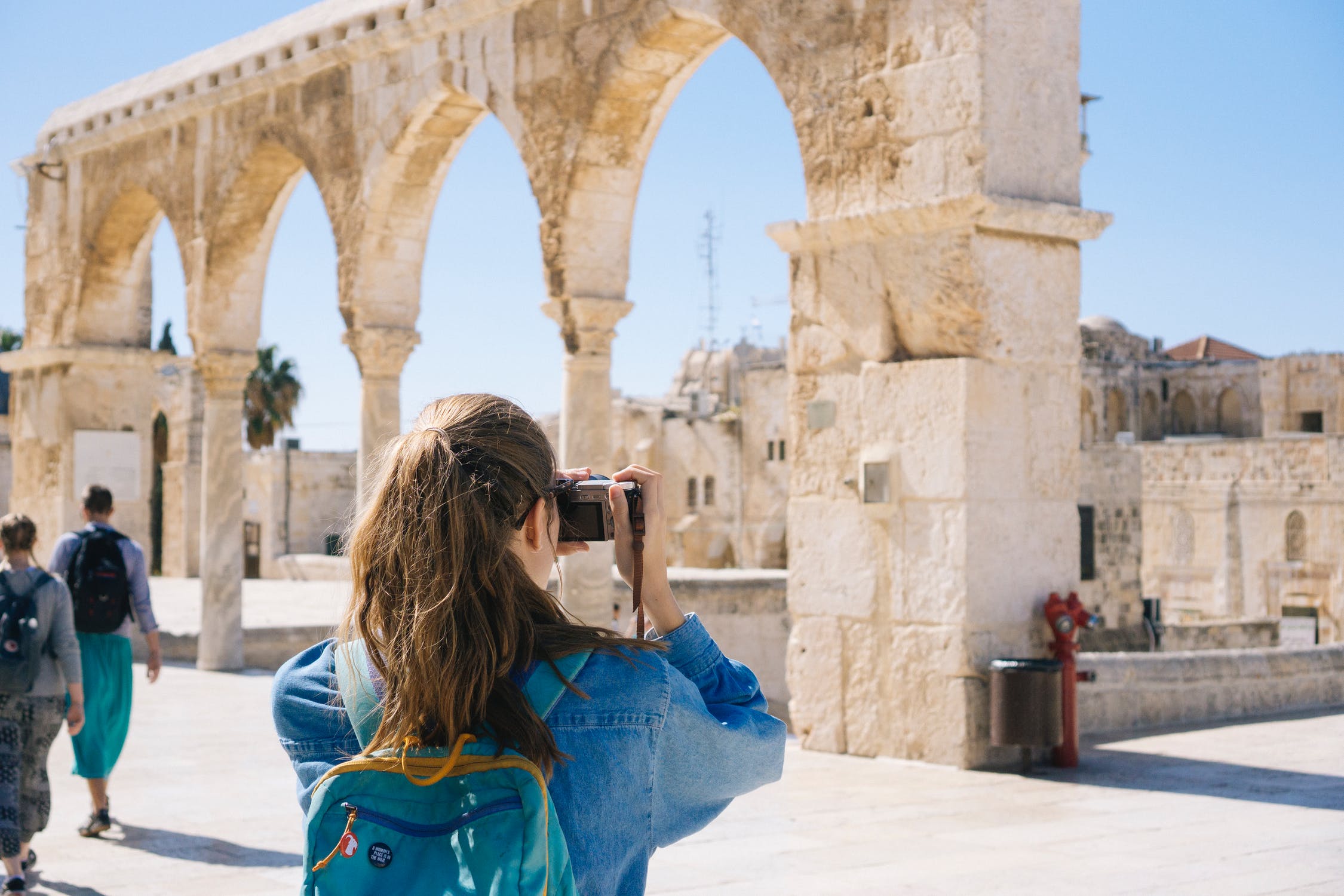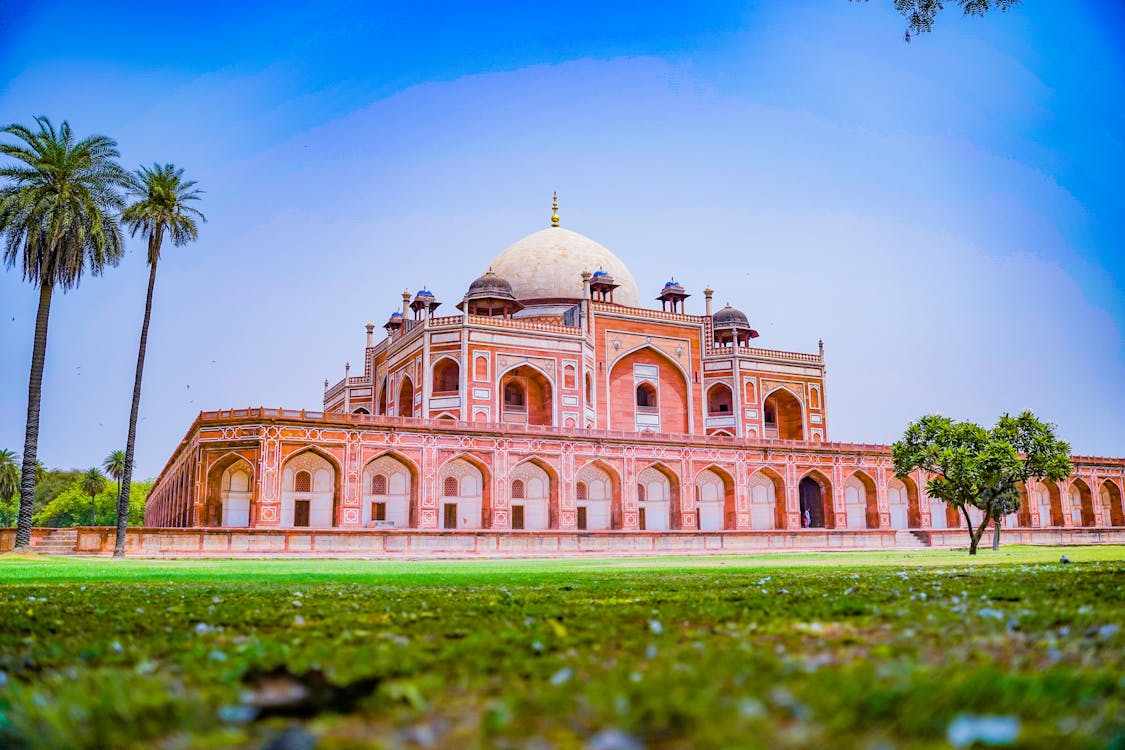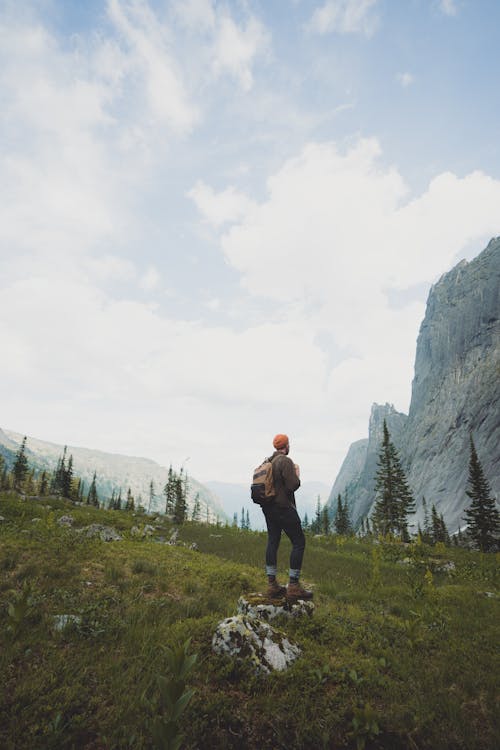
Going on holiday is a funny thing. When you look at why people travel, you usually find out that it’s not about the destination. Instead, it has to do with the pictures they see in vacation marketing.
The process works something like this: first, people log onto a travel website. Then they see pictures of majestic mountains and beautiful beaches and imagine themselves there. They compare these images to the dull, day to day reality of their local environment with all its ugliness and decide they have to go on vacation.
What’s interesting about this process, though, is that everyone knows that these pictures are manicured. When you do finally go on holiday, you encounter the same ugly scenes you find back home. There’s litter all over the street, graffiti on the walls, and giant concrete buildings. Often, you wind up feeling a little robbed. Your holiday was supposed to be better than that.
Pictures, however, have a way of capturing our imaginations that movies do not according to nationalgeographic.com/. Snapshots in time are more mysterious than motion videos because they contain less information. We never see the gritty reality of a destination. We just see a tiny chunk of it. And that means that our thoughts can run wild. We presume it is just as perfect as its representation.
Whether this is a good thing or not remains to be seen. We know we love to travel. But we need to be clear on the reasons why. Usually, it has more to do with our ideas about a location than it does the place itself. Just think of the pyramids. Slums and pollution surround the world’s foremost ancient monument.
The purpose of this discussion is to highlight the fact that travel photography is powerful. It is what advertisers use to encourage people to go on expensive trips. That’s why it is ubiquitous in travel magazines and websites.
But this doesn’t have to be a bad thing. You can actually use it to your advantage, creating beautiful memories that capture your past holidays’ essence, giving you something to cherish.
Okay, so how can you practically improve your travel photography?
Get Up Early

This tip has nothing to do with photography skills. However, it is still vital if you want to capture unique shots of your destination.
Getting up early offers two advantages. The first is the lighting, especially for outdoor scenes. It’s just better.
The second is that there are usually fewer people around at 6 am compared to noon. It means that you can get the perfect shot of a tourist attraction, without somebody walking in front of it and wrecking the scene. Remember, travel companies almost always take photos of hotels and classic tourist destinations without any people in them. This tactic is entirely deliberate.
Use A Drone
Want to get the best footage possible of a market in Marrakech or a gorge in the Grand Canyon? Don’t put your camera on a stick – use a drone instead.
As sites like www.drdrone.ca explain, drone technology is moving apace. You can now get models with air time above thirty minutes. Some have high-resolution, 48-megapixel cameras, allowing you to capture all the details in a scene.
Drones are famous for taking videos, but their images are just as remarkable. For instance, you could take a snap of you and your fellow travelers as you hike through a forest or scale a mountain. Epic.
Scout Your Locations Before You Travel
If you want to take the best shots possible, you need to scout your intended location before you get there. Meet up with your photography friends and talk to them about their experiences taking photos in a particular place. Get to know the lie of the land and find out the busiest times. Also, talk to them about lighting and the best vantage points. Take advantage of local knowledge so you can avoid trudging around for hours looking for perfect shots.
If you don’t have any friends, you can still use Google. Take a look at your destination’s popular images and use that as a guide to the best spots to take your snaps.
Use The Rule Of Thirds

The rule of thirds still applies to vacation photography, so use it as much as you can.
The basic idea here is to split your images up into a tic-tac-toe grid. Ideally, you want features to correspond to the individual squares in the grids. The best photos split the background up into thirds and get highlight features on the vertices. For instance, if you’re shooting a landscape, the foreground would take up the bottom third, a mountain in the distance the middle third, and then the sky the final third. On the vertices, you’d have features, like buildings or lakes.
Some advanced cameras will provide you with a grid overlay to see how all the elements in your photo line up. It takes the guesswork out of the image and allows you to take a quasi-scientific approach to your snaps.
Pack Your Tripod
Tripods come in handy on holidays for all kinds of reasons, but particularly when you want to take panoramas. When you have a tripod, you can opt for slower shutter speeds, allowing you to take better photos of stars, waterfalls, and other moving or low-light objects.
Tripods also give you greater creative control. You don’t have to rely so much on your wobbling hands to get the perfect shot.
Make Photography The Central Aim Of Your Vacation
It sounds strange to make taking photos the central aim of your vacation, but it can actually help to make it more fulfilling. You’re not just going to a destination to enjoy it. Instead, you’re looking to extract its artistry and bring it home with you on film.
Schedule time every day, specifically for photography. Avoid traveling with people who aren’t into photography like you are. Instead, go with people who share the same passion as you. It can make for a much more enjoyable trip.


